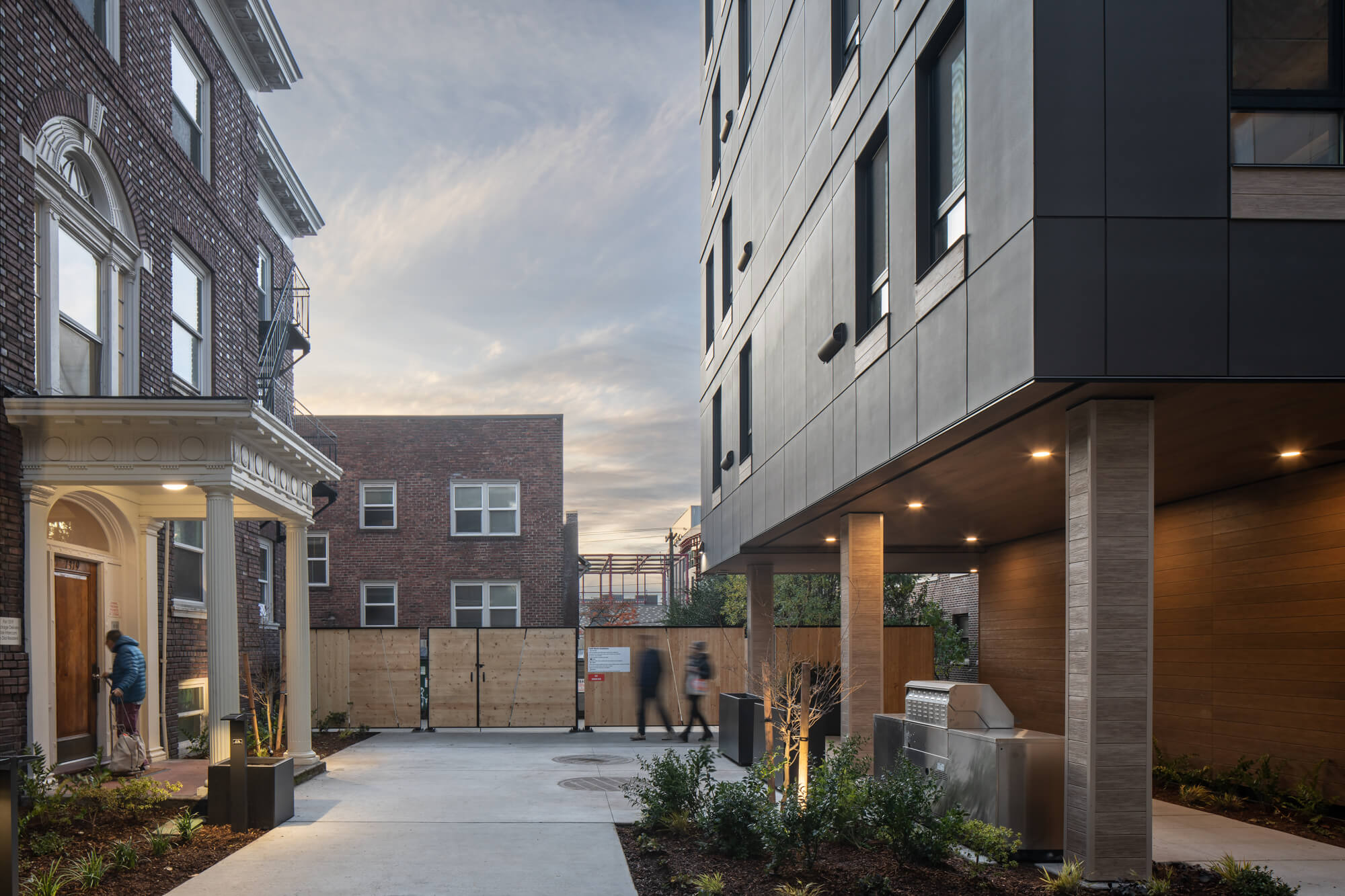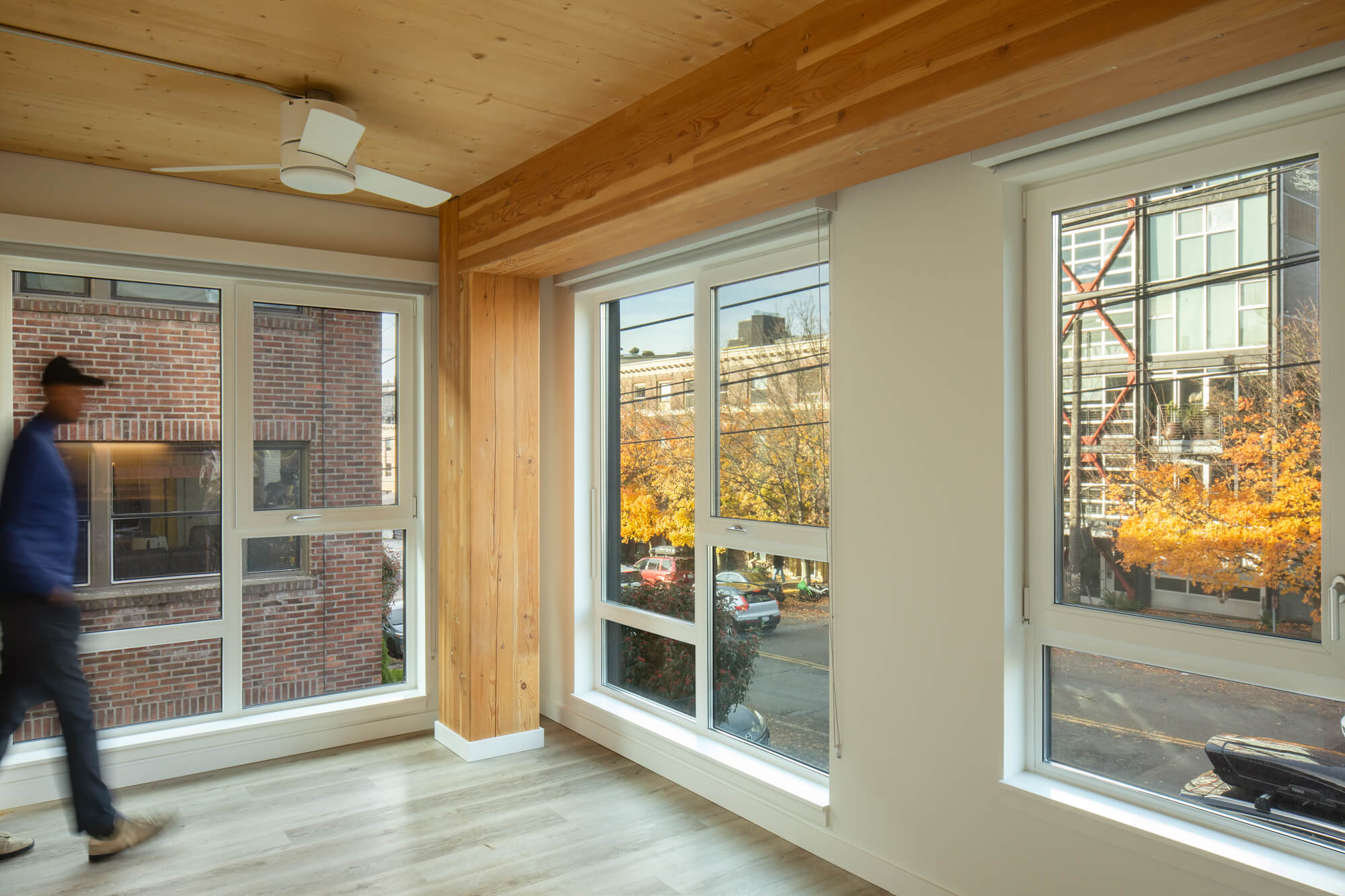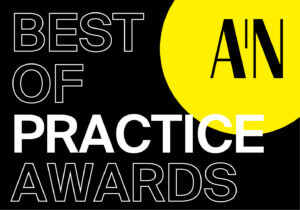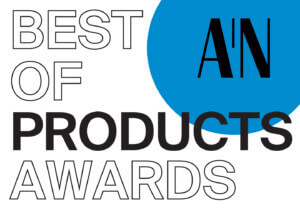Principal and founder of Seattle-based firm atelierjones, leader in the mass timber community, and a juror in AN’s 2024 Best of Practice Awards, Susan Jones has led the charge in sustainable and mass timber design and built some of the first CLT structures in the U.S. In 2016, she represented architects to successfully change U.S. building codes to allow tall mass timber buildings up to 18 stories in the country. This dedication to social impact and research is in part what led the firm to win last year’s Best of Practice Award in the Architect (Small Firm) – West category. It only makes sense, then, that Jones returns to the awards program as a juror in this year’s cohort.
AN’s Best of Practice celebrates business excellence in companies across the AEC community, meaning architects, engineers, consultants, developers, lighting designers, and more. Jones and the rest of the esteemed jury will be reviewing applications based on the merit of design, social impact, and office culture. To get an even better sense of what makes a practice award-winning, AN spoke to Jones about running her own firm, creating new structures of work, and advice for prospective applicants. Read the interview to apprehend what this year’s jury will be looking for and apply to Best of Practice before the April 19 deadline.

AN: What inspired you to start atelierjones?
Susan Jones (SJ): One of the things I was really clear about was forming a firm with new sets of values that hadn’t totally been represented in an everyday basis or structural basis in the firm’s I’ve been working for up until that time. While I don’t want to emphasize the gender aspects, I was a young woman in a mostly male dominated field, and it was really interesting to me to be able to have the privilege to start a firm that could represent values of flexibility and collaboration. I think at the root of my practice today is bringing in these other values of sustainability as an overlay, not to dilute the design focus but to add to it, to run them in parallel. That was something that even in 1990, 2003 was when I started my firm, there were few firms doing that. Sustainability, climate change, resiliency: all the words that have changed over the years, a lot of it was focused on firms that were really good at what they did from a sustainable perspective, but they kind of pushed design away like a silo. I was interested in bringing all of those together.
AN: It’s interesting to think about the evolution of women leaders in architecture today. How do you think gender disparity has evolved in the industry? How has it changed the way you approach the organization of your own practice?
SJ: I was the first female partner in a big corporate firm and the youngest partner when I was 38 or so, and that’s obviously changed. Late ‘90s, I was faced directly with a colleague of mine who had a child and wanted to work part-time and remotely from home and there was absolutely a “no,” a hardened wall went down for this woman who was incredibly talented and worked incredibly hard, 60 to 70 hours a week kind of hard. Then, she had a child and she asked to work maybe 32 hours a week and be paid. Opening up that funnel of what’s possible and how good work gets done has changed a lot. I do think having women in high places of leadership and interest in the workforce in general in architecture has changed a lot of those values.
There was an expectation that you showed up for work at eight o’clock. If you showed up later at 8:05, you felt guilty and then you left at five, six, but the leaving time was not the problem—you could work 17 hours a day, but it was showing up at eight. That kind of rigidity was just something that was not necessary or interesting to me, and I certainly didn’t want to propagate it moving forward.

AN: What are you working on currently?
SJ: What I’m really excited about is a series of studies that we’re doing around the country right now—some in Seattle, New York, and California—to do a replication of Heartwood. It’s a project that is for workforce housing: 126 units, all mass timber, and a new superstructure. And it was really one of the first buildings in the country that was able to use the building codes that I helped to write for mass timber. In November we were able to complete the project, and people are moving in and living there. We’re really replicating it and talking to people around the country to do that.
AN: What are the types of things that you’re looking for in Best of Practice applications?
SJ: We as architects are so seduced by the visual and so seduced by spatial details. But I feel like there’s a broader ethical dimension to what we do as architects. We can be expected to do more with our projects at different scales. It’ll be interesting to look at extra large firms and extra small firms in this case. I’m really excited about that.
I think we can expect to say: What is the impact you have made as a firm? Articulate the impact, particularly the stories of these projects. How did you change those projects to make them more impactful? I think there’s so many different choices that we make as architects to take projects on, and so I want to hear those stories of how your community that is reaching out to us, to The Architect’s Newspaper, has done that, and I want to be inspired by them.
AN: What advice do you have for people filling out submissions?
SJ: As I recall, it’s a rather light application, which I thought was intelligent. We do look at the images first and we can’t help but be seduced by the strength of those images and the power of the media that explains them. So that’s the first criteria: the beauty of the projects and the care in which they are framed, built, and designed. But I think it’s the order as well, and how you sequence them, and how you build up a larger story. If it’s just 10 projects or [images], how do you tell the larger story and that’s where the narrative comes in. It’s having the narrative speak to the images as you’re reading it.
I really think stories are important. We are looking for design, yes, but also for stories that explain the impact of the projects, the practice.
Best of Practice submissions are open until April 19. Learn more about eligibility, see the full list of categories, and start applications here.











